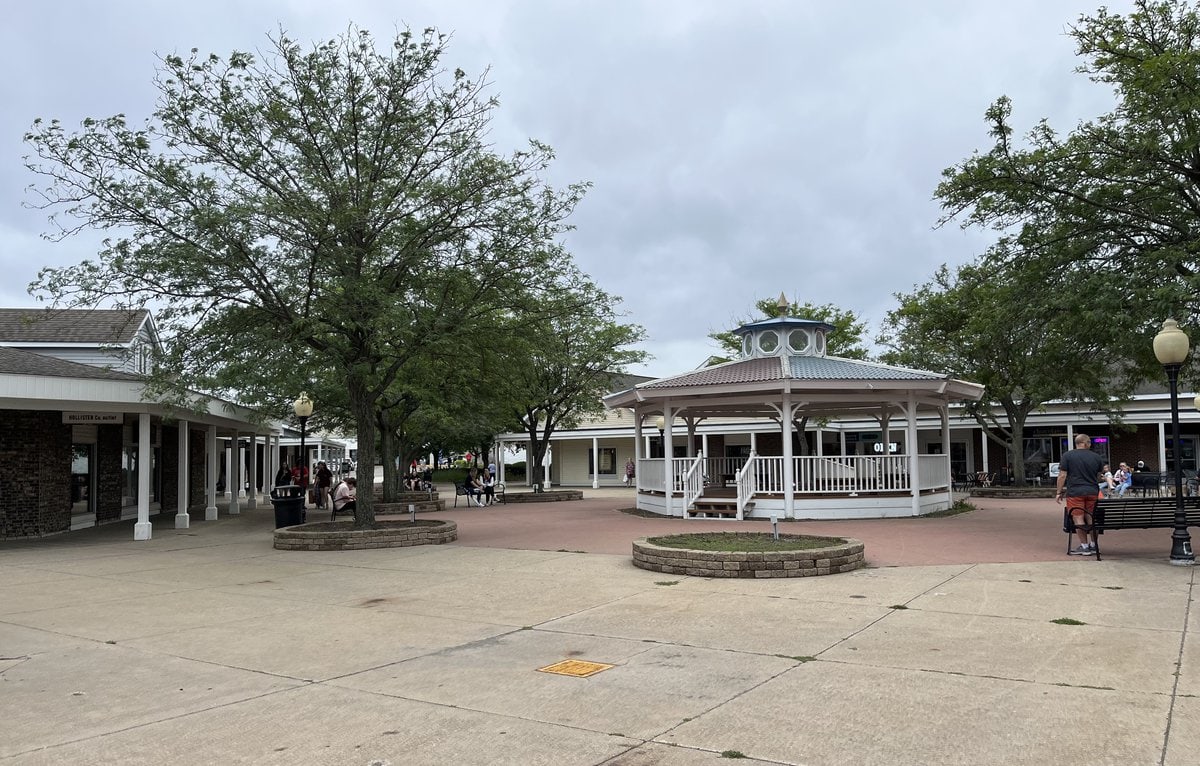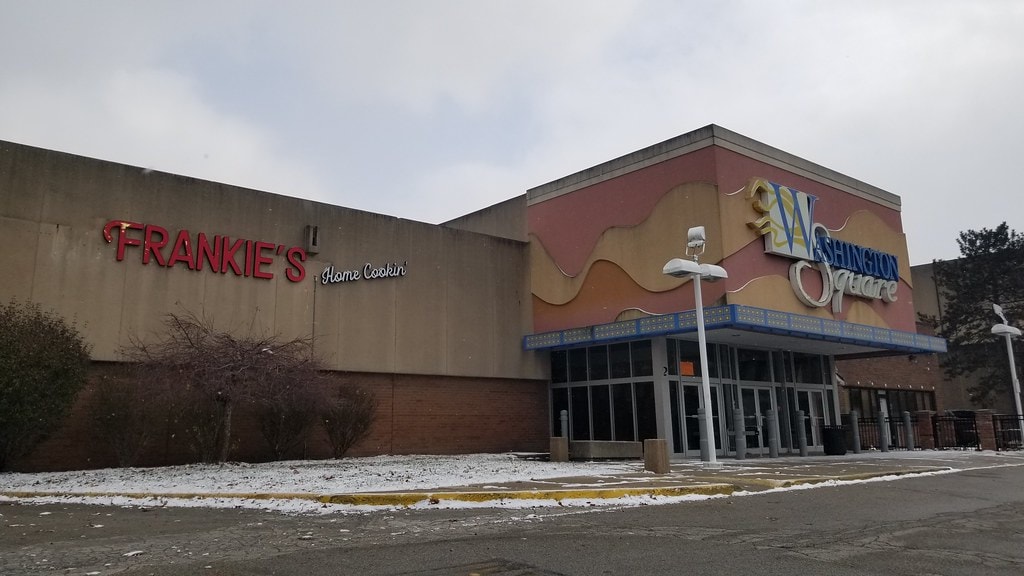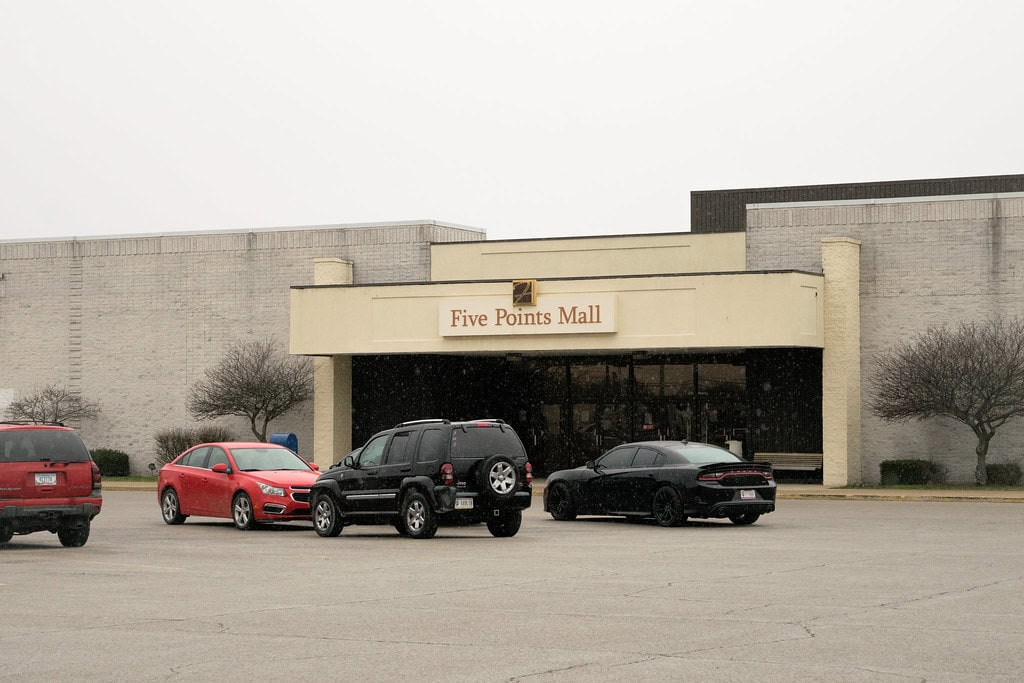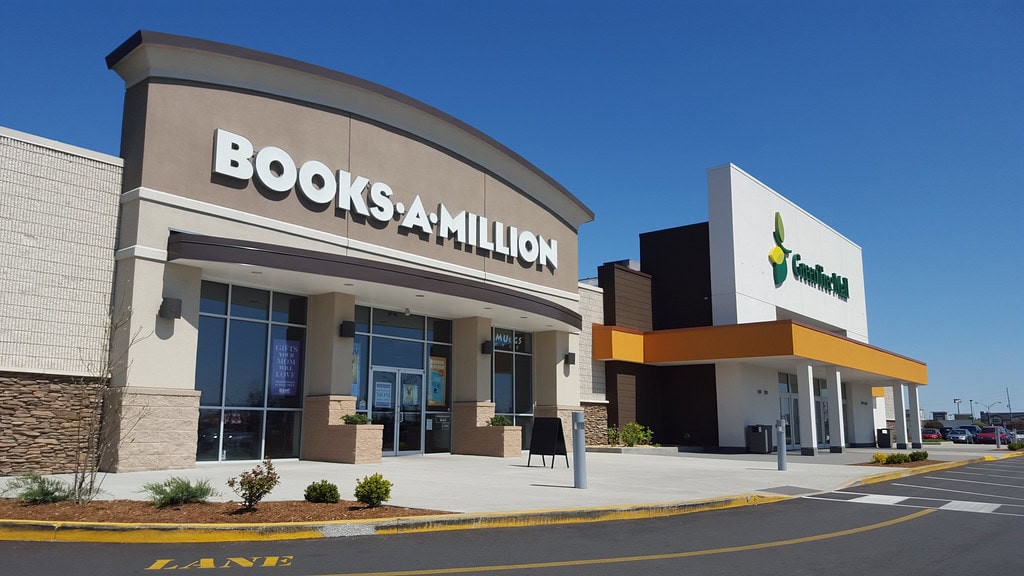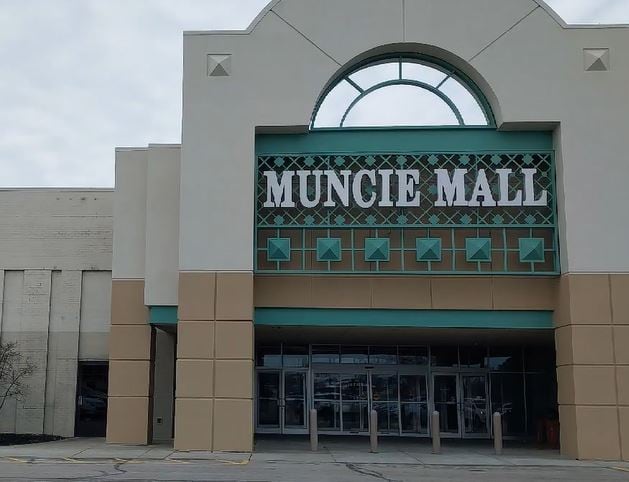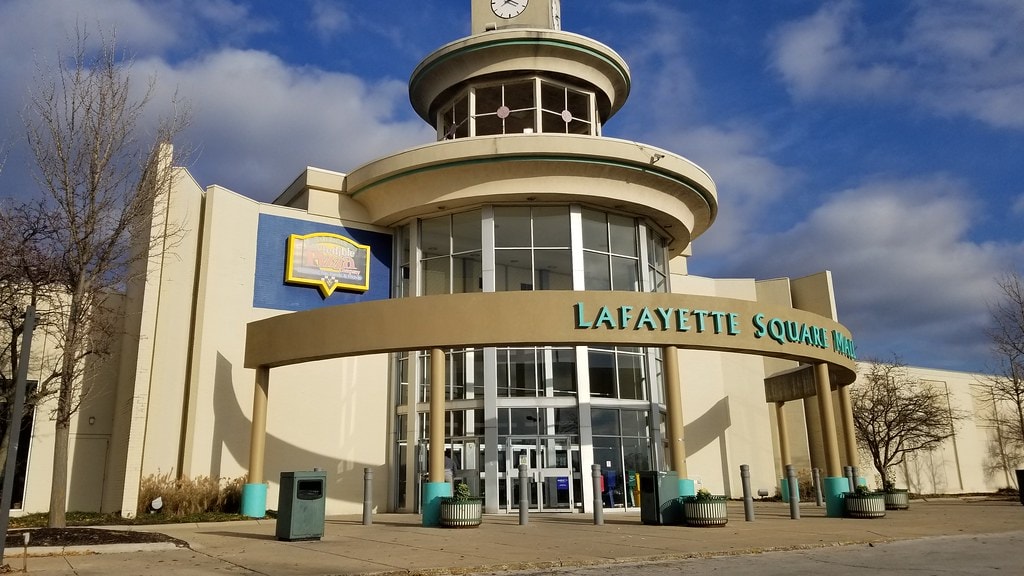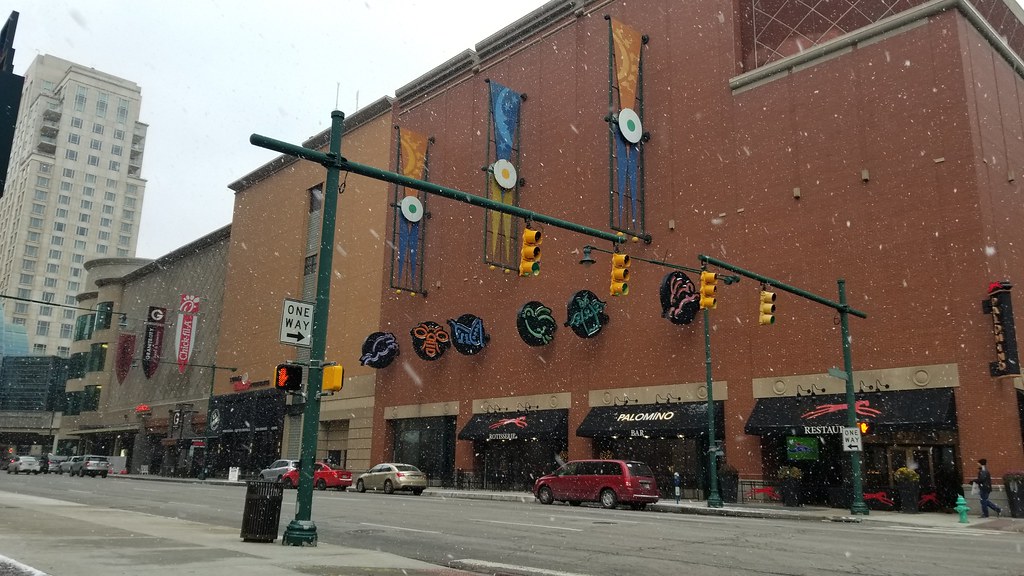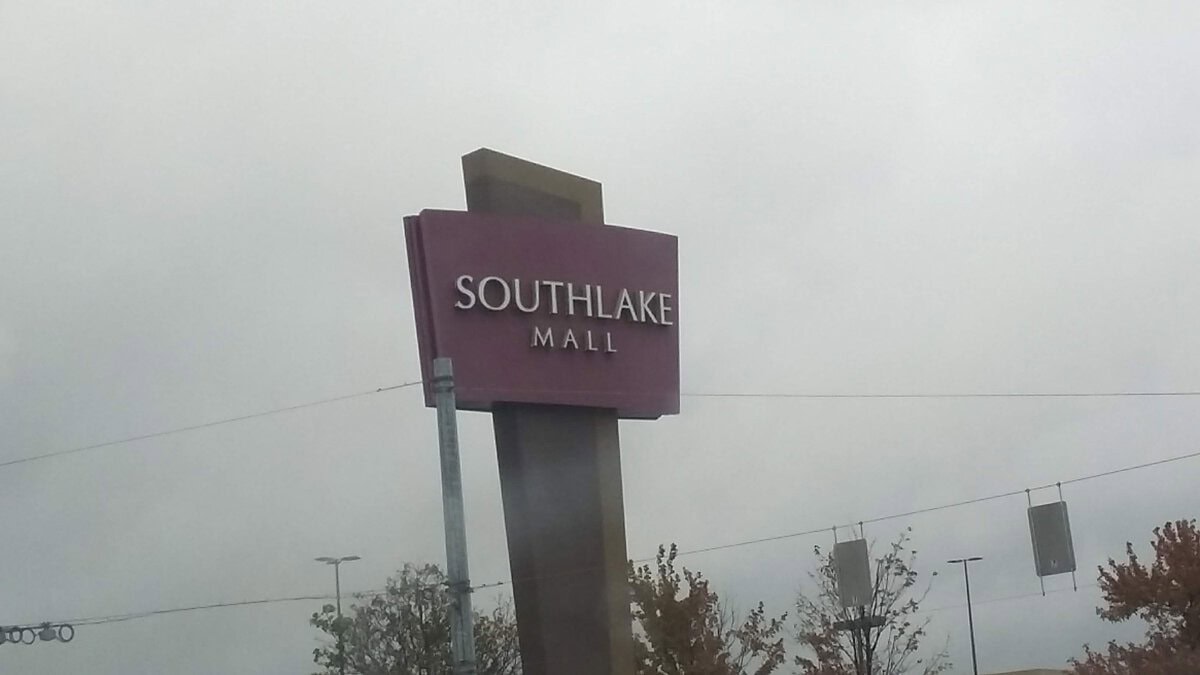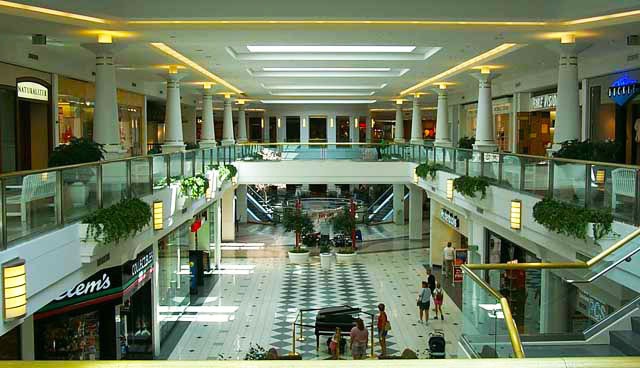The Birth of a Retail Pioneer
On October 31, 1963, Washington Square Mall opened its doors in Evansville, Indiana. Developed by Erie Investments, it became the first enclosed shopping mall in the state, a novelty at the time.
With controlled indoor temperatures, bright lighting, and a variety of stores under one roof, it quickly became a popular destination.
Sears and A&P Supermarket anchored the mall from the start, offering department store goods and everyday groceries in one location.
This setup appealed to busy families looking for convenience. Shoppers could browse Sears for clothing, appliances, and home goods, then swing by A&P to stock up on essentials.
These two retailers provided the foundation for the mall's early success, setting the stage for additional tenants to move in.
In 1969, the mall expanded with the addition of Stewart Dry Goods, a Louisville-based department store.
This move brought upscale merchandise to the mix, attracting a broader customer base.
The store carried fashion, home furnishings, and cosmetics, giving shoppers more reasons to visit.
A decade later, in 1980, Stewart Dry Goods merged with L.S. Ayres, a well-known Indianapolis retailer.
The rebranding brought fresh marketing and promotions, helping to keep foot traffic steady as competition in the retail world heated up.
For years, Washington Square Mall was Evansville's go-to shopping destination.
At its peak, the mall had around 90 stores, offering everything from clothing to electronics.
It played a key role in shaping Evansville's retail scene and became a central part of daily life in the area.
The mall's early years reflected a time of growing consumer demand and suburban expansion.
Retailers thrived, shoppers filled the corridors, and the mall stood as a symbol of convenience and progress.
But change was coming. New shopping centers were on the horizon, and Washington Square Mall would soon face its first real challenge.
The Golden Years and Growing Competition
Through the 1970s, Washington Square Mall thrived. Shoppers browsed L.S.Ayres for the latest clothing trends, stopped by Thom McAn Shoes for new footwear, and visited Zale's Jewelers for special occasions.
The mall was more than a shopping center - it was a hub for social outings, family trips, and weekend entertainment.
By 1982, things began to change. Just a few miles away, Eastland Mall, a newer and larger shopping complex, opened.
Unlike Washington Square Mall, which had been built for an earlier generation of shoppers, Eastland featured a more modern design, a broader selection of stores, and better accessibility.
Retailers took notice. Many chose to relocate, lured by the promise of higher foot traffic and a fresh retail environment.
This shift impacted Washington Square's tenant mix, as some stores closed or moved.
The mall's owners responded in 1987 with a remodeling project.
New flooring, updated lighting, and a fresh coat of paint gave the space a more contemporary look.
An expansion added retail space, hoping to attract new businesses and keep existing ones.
For a while, the strategy worked.
Stores like Deb Shops, B. Dalton Bookseller, and Foot Locker remained, and local shoppers continued to visit.
However, the challenge remained - Eastland Mall had become the city's dominant retail destination.
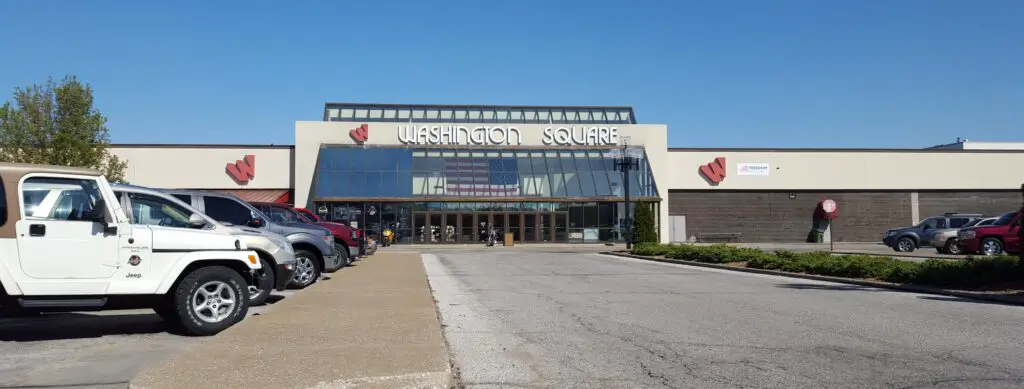
Anchor Stores Come and Go
As department store chains began consolidating in the late 1980s and early 1990s, Washington Square Mall faced new challenges.
In January 1992, L. S. Ayres, one of the mall's key anchors, closed its doors.
The space didn't stay vacant for long - by October 1993, Elder-Beerman, a department store chain based in Dayton, Ohio, moved in.
The store focused on mid-priced apparel and home goods, appealing to budget-conscious shoppers.
Despite the new addition, the mall struggled to maintain steady foot traffic.
Elder-Beerman operated in the space for just over seven years before closing in December 2000.
Company executives cited a weak tenant base at the mall as a major reason for the decision.
Without a strong retail mix to support it, the store couldn't justify staying open.
Ownership changed hands in 2002 when local real estate developer Gene Hahn purchased the struggling property.
His goal was to revitalize the mall, but retail trends had already begun shifting away from enclosed shopping centers.
Instead of department stores, discount retailers and entertainment venues were drawing in customers.
Over the next few years, new tenants came and went, but none had the lasting impact needed to restore Washington Square Mall's earlier success.
Attempts at Revitalization and Continued Decline
The closure of Elder-Beerman in 2000 left a noticeable gap, and many smaller retailers followed suit.
In an effort to bring life back into the space, a portion of the vacant anchor store became home to Values Unlimited, a discount mart that opened in October 2004.
It offered budget-friendly merchandise, but sales didn't meet expectations. After just over two years, the store shut down in March 2007.
Three years later, another attempt was made to utilize the empty space.
In July 2010, Merchants Outlet Mall opened, occupying both levels of the former Elder-Beerman store.
The concept aimed to bring multiple vendors under one roof, offering a mix of furniture, clothing, and specialty items.
However, the business model failed to attract enough consistent shoppers, and when its two-year lease expired in 2012, it wasn't renewed.
Despite these setbacks, Washington Square Mall received a new owner in November 2016 when a New York-based real estate developer purchased the property.
The new owners rebranded the shopping center as Washington Square, dropping "Mall" from the name to signal a fresh start.
Hahn Kiefer Real Estate Services took over leasing and property management duties.
Early improvements included updated parking lot lighting and new signage, but retail recovery remained slow.
Losing Sears and the Search for New Tenants
On January 4, 2018, Sears Holdings announced plans to close 103 stores nationwide, including its Washington Square Mall location.
This decision marked the end of an era for the mall, as Sears had been one of its original anchors since 1963.
On April 8, 2018, the store closed for good, leaving the mall without any anchor tenants.
Without a department store or a major retail brand to attract foot traffic, the remaining businesses faced an uphill battle.
After Sears' closure, small businesses became the mall's main occupants.
Stores like AnnaLe's Twice Chosen Bridal & Prom Consignment Shop, KC's Timeout Lounge, Noble Roman's Pizza, The Thrift Store by Evansville Rescue Mission, and Mission Grounds Coffee Shop kept parts of the building active.
However, large retail spaces remained empty, and the mall's future looked uncertain.
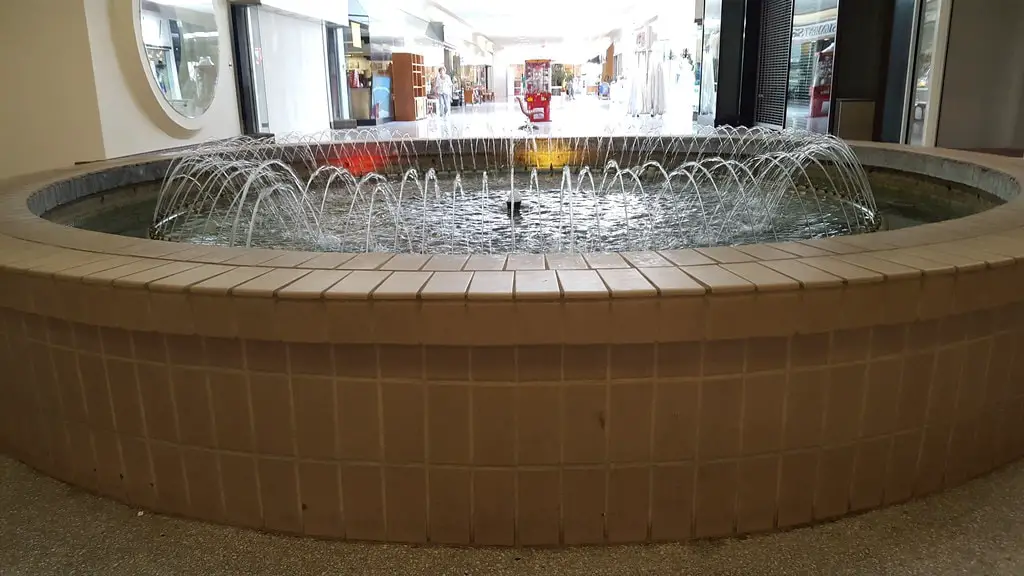
A new opportunity arrived in January 2023 when Goodwill Corporation announced it had acquired the former Sears location.
The plan was to transform the space into Goodwill's Evansville headquarters, which would include office space, a thrift store, a processing area, a drive-through donation center, and an educational facility called The Excel Center®.
The project aimed to bring steady activity back to the property, though it marked a shift away from traditional mall retail.
With new businesses focusing on services rather than shopping, Washington Square was no longer the city's retail hub.
Even so, the property continues to serve the community in new ways, keeping it from falling into complete disuse.

